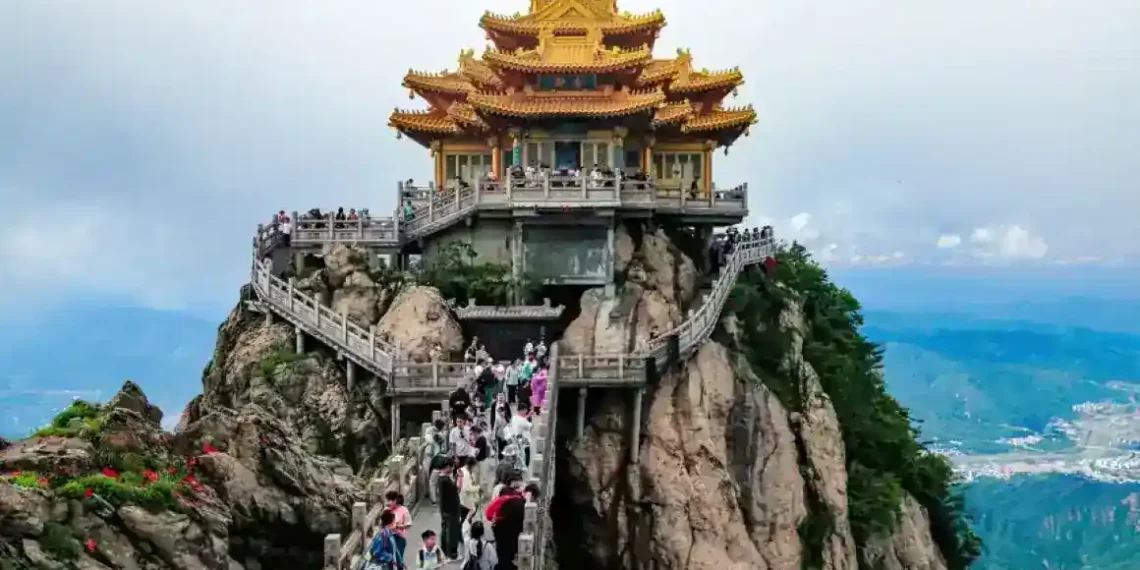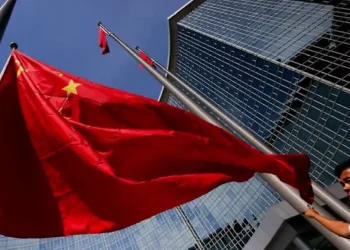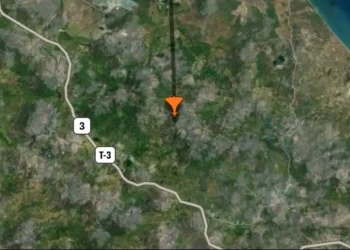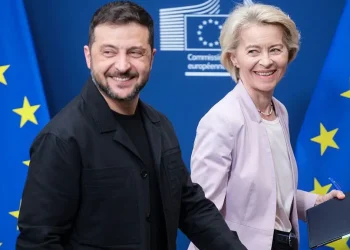India resumes tourist visas for Chinese citizens after years of tension
July 25, 2025 – 9:16 AM
India has officially resumed issuing tourist visas to Chinese citizens, ending a five-year freeze that began after a deadly border clash in 2020. The move, seen as a sign of improving diplomatic relations between the two Asian giants, has been welcomed by travelers, tourism professionals, and officials alike.
Diplomatic thaw after years of tension
Relations between India and China have been tense since a violent clash in June 2020 in the Galwan Valley, located in the disputed Himalayan region. The confrontation resulted in the deaths of at least 20 Indian and four Chinese soldiers—the first fatal conflict along their contested border in over four decades.
That clash significantly chilled bilateral ties. In response, India imposed several restrictions including banning dozens of Chinese apps and suspending direct flights. Visa processing between the two countries ground to a halt, and COVID-19 travel restrictions further compounded the freeze.
But recent developments suggest the ice is finally beginning to melt.
On Wednesday, the Indian embassy in Beijing announced that from July 24, Chinese nationals would once again be able to apply for tourist visas to India. The move follows China’s own decision in March to resume tourist visa issuance for Indian citizens.
A boost for travel and tourism
The decision to lift visa restrictions has been broadly welcomed, especially by the travel and tourism industry. Many hope it signals a new chapter in people-to-people exchanges between the world’s two most populous nations.
“Inbound tourism is still recovering post-COVID, so having another major market reopen is great news,” said Sarvjeet Sankrit, founder of Delhi-based travel agency Ghum India Ghum. “Before the freeze, we saw many Chinese tourists visiting India—especially Delhi, Agra, and Rajasthan.”
Sankrit emphasized that the return of Chinese travelers would benefit multiple sectors including transport, hospitality, and retail. “It’s a good thing for vehicle owners, guides, and hotel operators. Everyone benefits when tourism thrives.”
Chinese national Kate Hu, a comedian based in Hong Kong, echoed the sentiment. Hu had booked flights to attend her boyfriend’s sister’s wedding in India earlier this year, only to find herself unable to secure a visa.
“I lost some money, and we even joked about getting married just to solve the visa issue,” she said. “Now that India is reopening visas, I’m relieved—I won’t need to get married just to travel!”
Her boyfriend is currently in India caring for his sick mother. “If this had happened sooner, I could have gone with him,” Hu added.
Flights, pilgrimages, and diplomacy resume
The visa decision is just one of several recent steps toward restoring normal relations. Direct commercial flights between India and China resumed earlier this year, after an agreement between the two governments.
In another significant move, Beijing recently agreed to reopen the sacred sites of Mount Kailash and Lake Manasarovar in western Tibet to Indian pilgrims—a practice that had been suspended for five years.
The shift in tone follows a meeting between Indian Prime Minister Narendra Modi and Chinese President Xi Jinping on the sidelines of the BRICS summit in Russia last October. Diplomatic dialogue has continued into 2025, with India’s External Affairs Minister S. Jaishankar visiting Beijing earlier this month.
According to the Indian Ministry of External Affairs, both sides “took note of the recent progress made by the two countries to stabilize and rebuild ties, with a priority on people-centric engagements.”
Harsh V. Pant, head of strategic studies at the Observer Research Foundation in New Delhi, said the shift reflects a “gradual normalization” in the India-China relationship.
“There is a recalibration happening on both sides,” Pant said. “India still faces unique challenges with China, but also sees room for building an economic partnership—while clearly communicating its red lines.”
A cautiously optimistic outlook
Although strategic mistrust remains, many observers see practical benefits in fostering closer ties. India’s economy is still heavily intertwined with China’s, especially in areas like electronics, manufacturing, and pharmaceuticals.
Pradeep K., a consultant based in Delhi, said he’s eager to visit China. “I’ve always wanted to see pandas in their natural habitat. Hopefully this thaw will make such trips easier.”
Delhi-based teacher Saurabhi Singh said she believes people-to-people connections can soften geopolitical divides. “Yes, our countries have a complex history,” she said, “but we also share a love of food, tea, gadgets, and cultural exchange. These are the things that bring people together.”
Conclusion
While the resumption of tourist visas may seem like a small gesture, it represents a broader attempt by both India and China to de-escalate tensions and refocus on mutual engagement. For citizens eager to reconnect with loved ones or explore new destinations, it’s a long-awaited step in the right direction.
This article was rewritten by JournosNews.com based on verified reporting from trusted sources. The content has been independently reviewed, fact-checked, and edited for accuracy, neutrality, tone, and global readability in accordance with Google News and AdSense standards.
All opinions, quotes, or statements from contributors, experts, or sourced organizations do not necessarily reflect the views of JournosNews.com. JournosNews.com maintains full editorial independence from any external funders, sponsors, or organizations.
Stay informed with JournosNews.com — your trusted source for verified global reporting and in-depth analysis. Follow us on Google News, BlueSky, and X for real-time updates.














